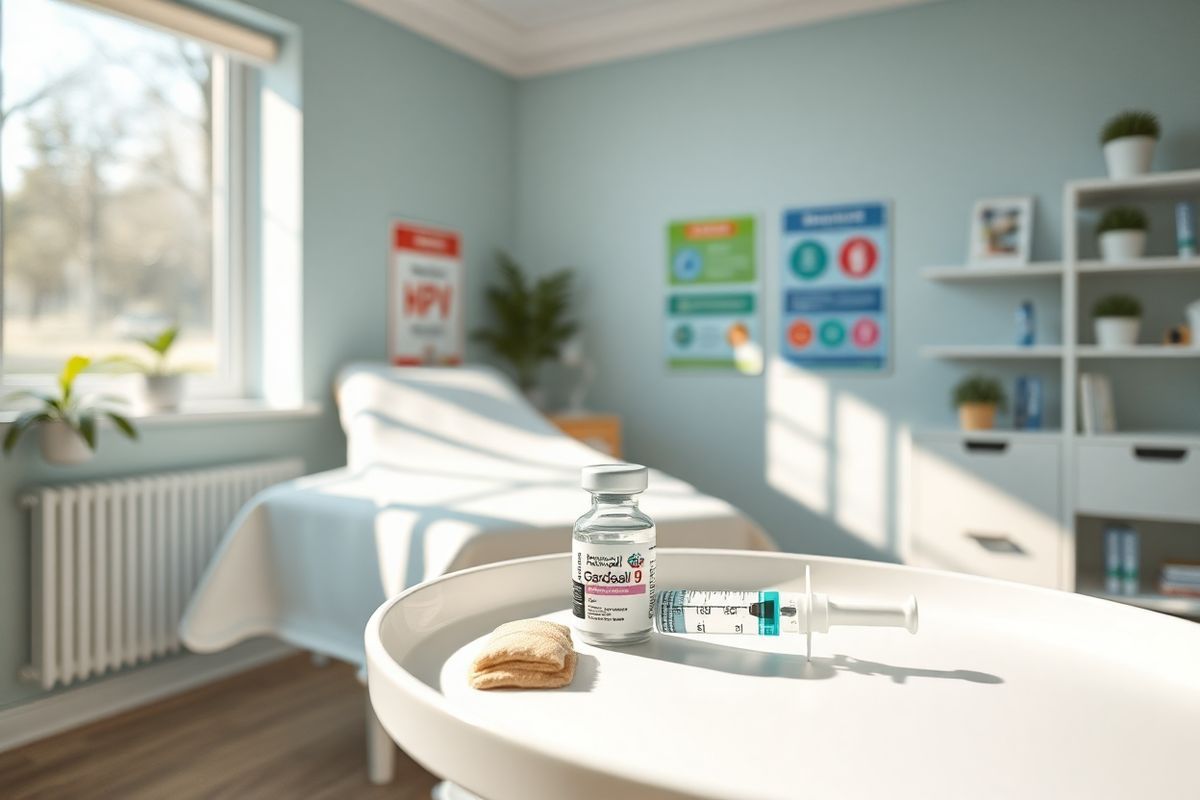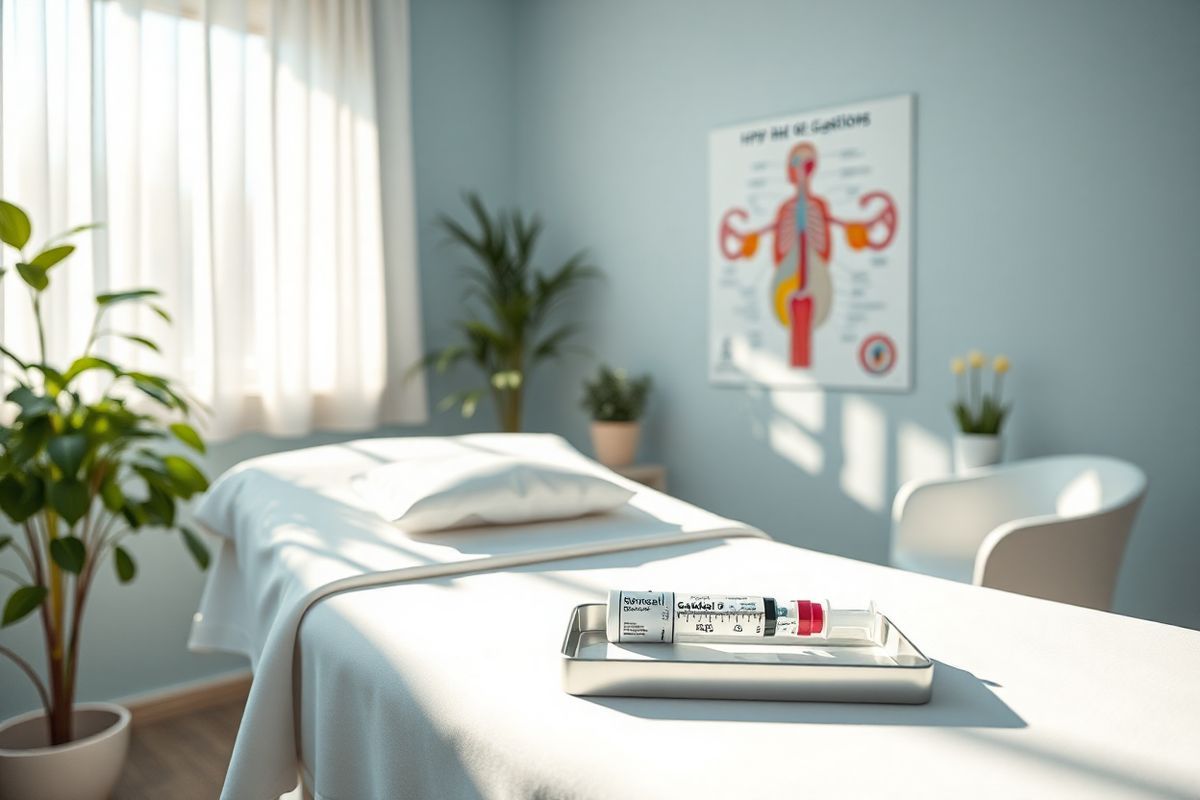Table of Contents
Understanding Gardasil 9: What You Need to Know About the HPV Vaccine

Human papillomavirus (hpv) is a prevalent sexually transmitted infection, with some strains leading to serious health complications, including various cancers. The gardasil 9 vaccine, approved by the U.S. Food and Drug Administration (FDA), provides protection against nine types of HPV, namely 6, 11, 16, 18, 31, 33, 45, 52, and 58. This vaccine is particularly significant as it is designed to prevent cancers caused by high-risk HPV types, making it a crucial tool in cancer prevention strategies (Mayo Clinic, n.d.).
The vaccine works by stimulating the immune system to recognize and combat these specific strains of HPV. It is most effective when administered before the onset of sexual activity, ideally at ages 11 or 12, as this timing allows the body to build an immune response before potential exposure to the virus. Vaccination can begin as early as age 9, and it is essential to educate parents and guardians about the importance of early vaccination (CDC, n.d.).
The Importance of Gardasil 9 in Preventing HPV-Related Cancers

HPV is responsible for approximately 36,000 cases of cancer each year in the United States alone, affecting both men and women. The most common cancers associated with HPV include cervical, anal, oropharyngeal, vulvar, and penile cancers. Vaccination against HPV is crucial not only for preventing these cancers but also for reducing the prevalence of genital warts associated with low-risk HPV types (Mayo Clinic, n.d.).
Research has shown that the introduction of the HPV vaccine has led to a significant decrease in the incidence of HPV-related diseases. For instance, among vaccinated populations, infections with HPV types that cause most HPV cancers have dropped by 88% in teen girls and 81% in young adult women. Furthermore, the percentage of cervical pre-cancers caused by these HPV types has decreased by 40% since the vaccine’s introduction (CDC, n.d.). This underscores the vaccine’s role in public health initiatives aimed at reducing cancer burdens.
Gardasil 9 Dosage and Administration: How to Use It Effectively
The administration of Gardasil 9 follows specific guidelines to maximize its effectiveness. The vaccination schedule varies based on the age of the individual receiving the vaccine:
-
For individuals aged 9 to 14 years:
- 2 doses are recommended, with the second dose administered 6 to 12 months after the first.
-
For individuals aged 15 to 26 years:
- A 3-dose series is required, with doses given at the following intervals:
- First dose: At the chosen date
- Second dose: 1 to 2 months after the first dose
- Third dose: 6 months after the first dose (CDC, n.d.).
- A 3-dose series is required, with doses given at the following intervals:
-
For individuals aged 27 to 45 years:
- While Gardasil 9 is approved for use in this age group, individuals are encouraged to consult with their healthcare provider to assess the need based on their risk factors and potential exposure to HPV (Mayo Clinic, n.d.).
It’s important to note that the vaccine is not recommended during pregnancy, and individuals with a history of severe allergic reactions to any HPV vaccine component should avoid receiving it (Mayo Clinic, n.d.).
Exploring the Forms and Strengths of Gardasil 9 Vaccine
Gardasil 9 is delivered as an intramuscular injection, typically in the upper arm or thigh. The vaccine is presented in a single-dose vial, with each dose containing 0.5 mL of the vaccine formulation. This formulation includes virus-like particles (VLPs) that mimic the structure of HPV, allowing the immune system to develop a response without the risk of infection (CDC, n.d.).
TablSummary of Gardasil 9 Dosage and Administration
| Age Group | Number of Doses | Interval Between Doses |
|---|---|---|
| 9 to 14 years | 2 doses | 6 to 12 months apart |
| 15 to 26 years | 3 doses | 0, 1-2 months, 6 months |
| 27 to 45 years | Consult provider | Not routinely recommended |
Gardasil 9: Addressing Common Questions and Concerns
Who Should Get Vaccinated?
The CDC recommends routine HPV vaccination for preteens aged 11 to 12 years. However, vaccination can start as early as 9 years of age. Additionally, catch-up vaccinations are encouraged for everyone through age 26 who has not completed the vaccine series. For adults aged 27 to 45, discussions with healthcare providers can determine the appropriateness of vaccination based on personal risk factors (CDC, n.d.).
What Are the Side Effects?
Most individuals experience mild side effects, which are generally short-lived. Common side effects include soreness at the injection site, mild fever, dizziness, nausea, and fatigue. Serious side effects are rare, but it’s important to monitor for any unusual symptoms and consult a healthcare provider if they arise (Mayo Clinic, n.d.).
Is the HPV Vaccine Safe?
Extensive studies have validated the safety and efficacy of Gardasil 9. The vaccine does not contain live virus, and its components have been shown to be non-infectious and non-carcinogenic. Ongoing monitoring by the CDC and FDA continues to affirm its safety profile, making it a recommended preventive measure (Mayo Clinic, n.d.).
Can the Vaccine Treat Existing HPV Infections?
The HPV vaccine cannot treat existing infections or diseases caused by HPV. Its primary purpose is preventive, aimed at protecting against new infections and their associated complications (Mayo Clinic, n.d.).
Do Women Still Need Pap Tests After Vaccination?
Yes, vaccinated women should continue to have regular Pap tests starting at age 21, as the vaccine does not protect against all types of HPV that can cause cervical cancer (CDC, n.d.).
FAQ Section
At what age should my child receive the HPV vaccine?
The HPV vaccine is recommended for preteens aged 11 to 12, but vaccination can start as early as age 9.
How many doses of Gardasil 9 does my child need?
Children aged 9 to 14 need 2 doses, while those aged 15 to 26 require 3 doses.
Is there any risk associated with the HPV vaccine?
Most side effects are mild, including soreness at the injection site and mild fever. Serious side effects are rare.
Can the HPV vaccine prevent all types of HPV?
No, while Gardasil 9 protects against nine HPV types, it does not prevent all strains.
Should I still get my daughter screened for cervical cancer if she has been vaccinated?
Yes, regular Pap tests are still necessary, as the vaccine does not cover all HPV types that can cause cervical cancer.
References
- Mayo Clinic. (n.d.). HPV vaccine: Who needs it, how it works. Retrieved from https://www.mayoclinic.org/diseases-conditions/hpv-infection/in-depth/hpv-vaccine/art-20047292
- CDC. (n.d.). HPV Vaccination. Retrieved from https://www.cdc.gov/hpv/vaccines/index.html










